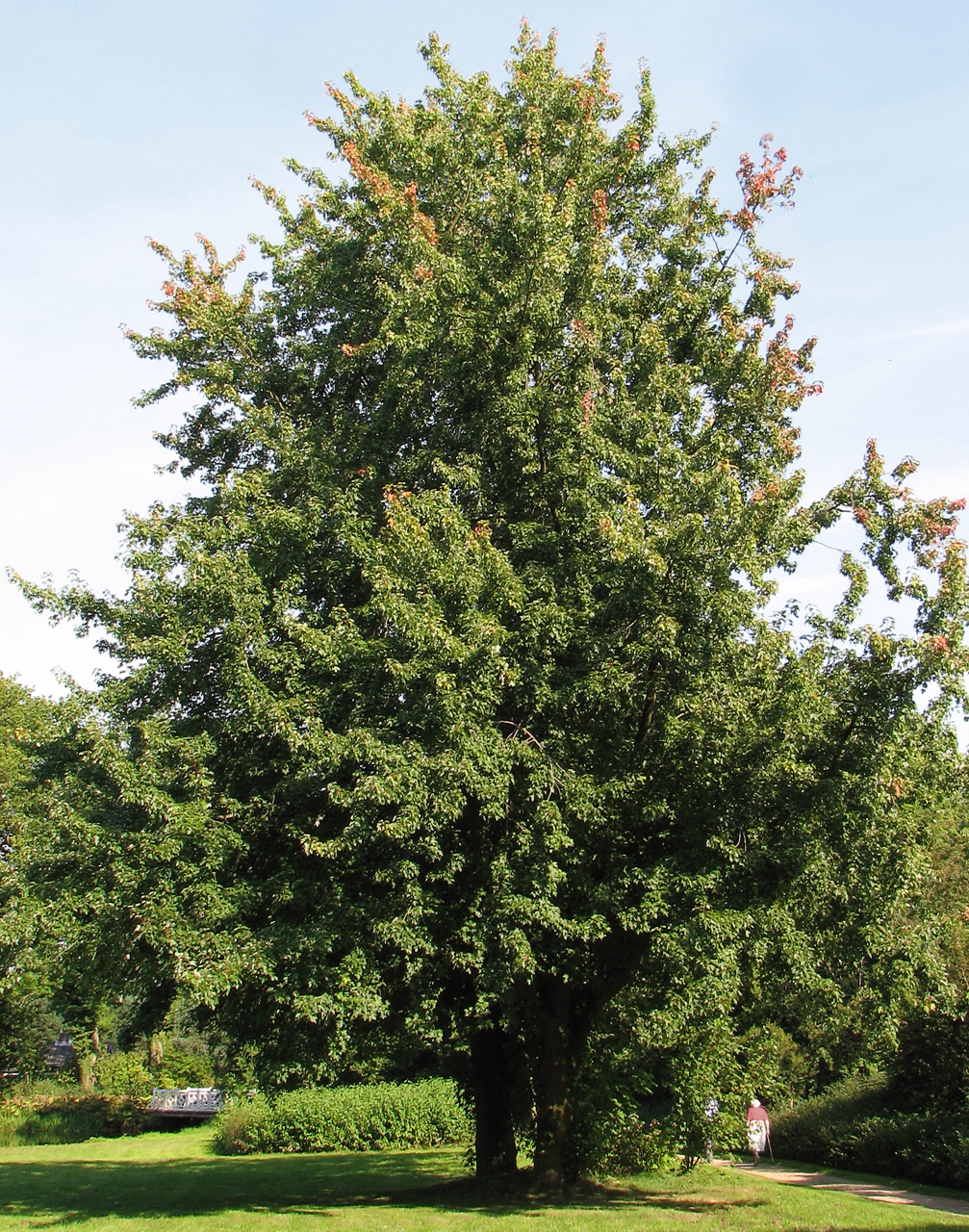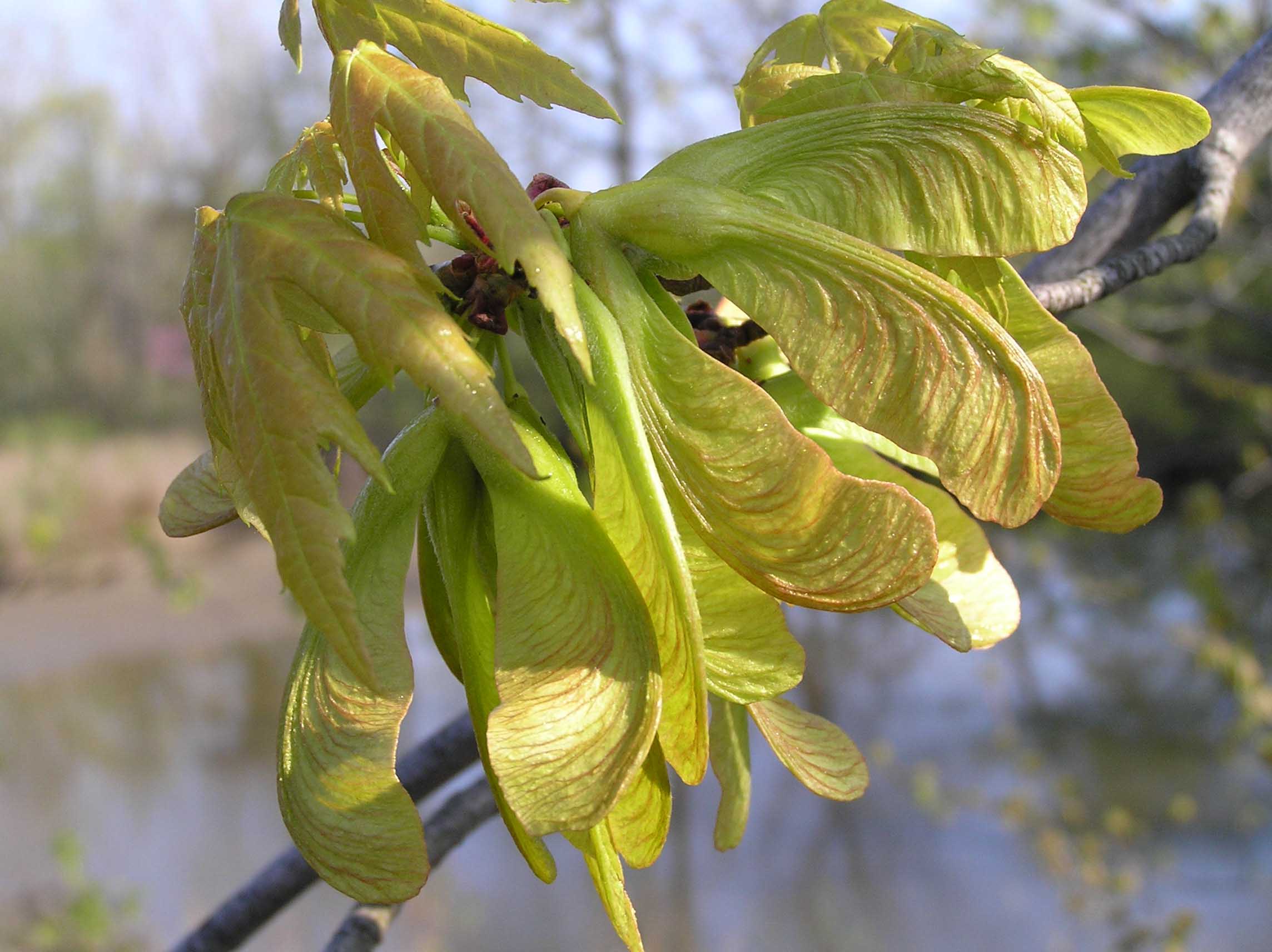

Fast growing, weak-wooded, susceptible to storm damage. Spreading branches, narrow crotches, shallow root system. Unpleasant odor when crushed.īark: Trunk bark on older trees is gray, shaggy and may peel off in vertical strips.įlower: Greenish-yellow to red, blooming before leaves appear (one of the first trees in our area to bloom). Stem: Young stems are slender reddish new growth, gray older growth of stems is smooth. Leaf scars are connected across the stem by a horizontal line. Bud scales are sharper pointed at the tips on silver maple than they are on red maple. Extra buds may be present above some leaf scars (there may be flower buds along with a leaf bud that is stalked.) Flower buds are fatter and may have hairy margins. The name of this native tree comes from the underside of the leaves. Heart-shaped leaf base.īud: Reddish, blunt or slightly pointed, small. This big tree can grow 25 feet in 10 years and can eventually get to over 100 feet tall. Middle lobe may have 3 of its own smaller lobes. Leaf: Five pointed lobes deep, U-shaped, toothless sinuses. Sinuses are U-shaped and untoothed - Silver Maple

It is usually found growing in open sunlight along creeks and waterways. The leaves of Silver Maple are the most deeply lobed of the Minnesota maples, along with the shaggy bark of mature trees makes it easily distinguishable from most other maples.Acer saccharinum (ay’-sir sak-ka-rie’-num) Silver maple is a tall, fast growing, native tree of eastern North America.

It fall color is a brief, washed out yellow and it is a ample producer of sap for maple syrup in the spring. Its annual seed load produces a carpet of seedlings on the forest floor and can be a bane to gardeners in an urban setting.

It is a fast grower and, at one time, more used in urban landscapes where it is still common, though its huge size often dwarfs the landscape and its brittle wood is prone to storm damage. Silver maple is a large canopy tree that occupies a variety of moist to wet woodland habitats, especially floodplains where it can tolerate extensive periods of flooding and siltation. The wings form an angle of about 90 degrees. The trunk can grow to 5 feet in diameter at breast height (dbh).įruit is a pair of winged seeds (samara), 1½ to 2 1/3 inch long that matures and shed in May through early summer. Older branches and the trunk develop coarse, scaly bark with age that can look quite shaggy and flake off. One year old twigs are smooth, brown to reddish, especially right before spring bud break, turning silvery gray like the branches the second year. The upper surface is dark green and smooth, the lower surface much paler with short fine hairs across the surface. Leaves have 5 palmate lobes with deep sinuses between the upper three, the basal lobes reduced. Leaves are simple and opposite, the blade up to 6½ inches long and as wide but typically smaller, on a stalk half to as long as the blade. The females have two bright red, arching styles. For both, clusters have 3 to 6 flowers with 5 obscure sepals and no petals. Male and female flowers can be on separate trees or on separate branches on the same tree or occasionally within the same flower cluster. Dense, round, reddish flower clusters, about ½ inch across, form on small lateral branchlets at the tips of the previous year's branches in late March to early April, before leaves emerge.


 0 kommentar(er)
0 kommentar(er)
